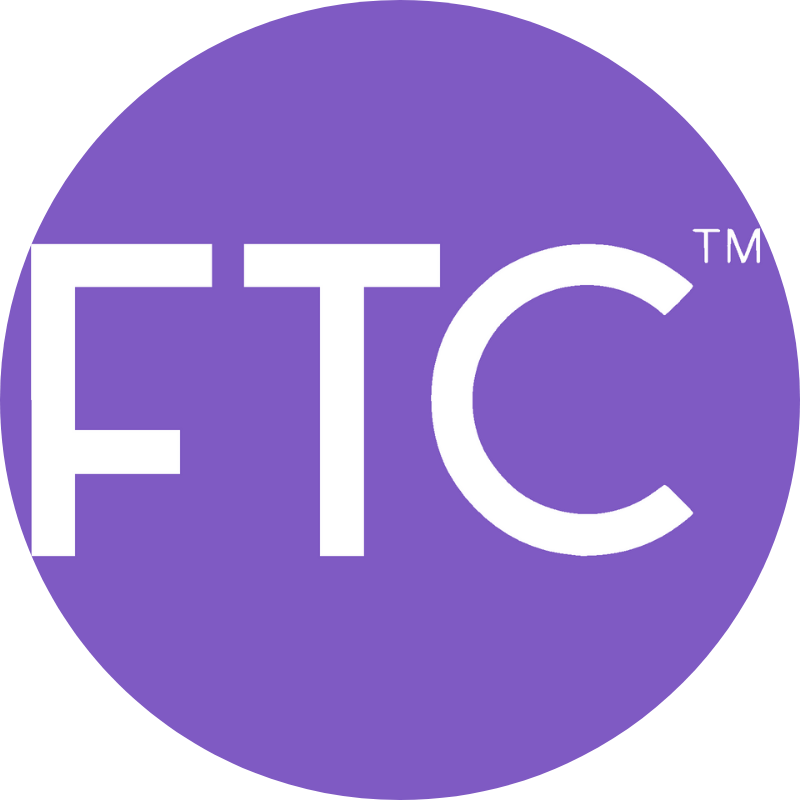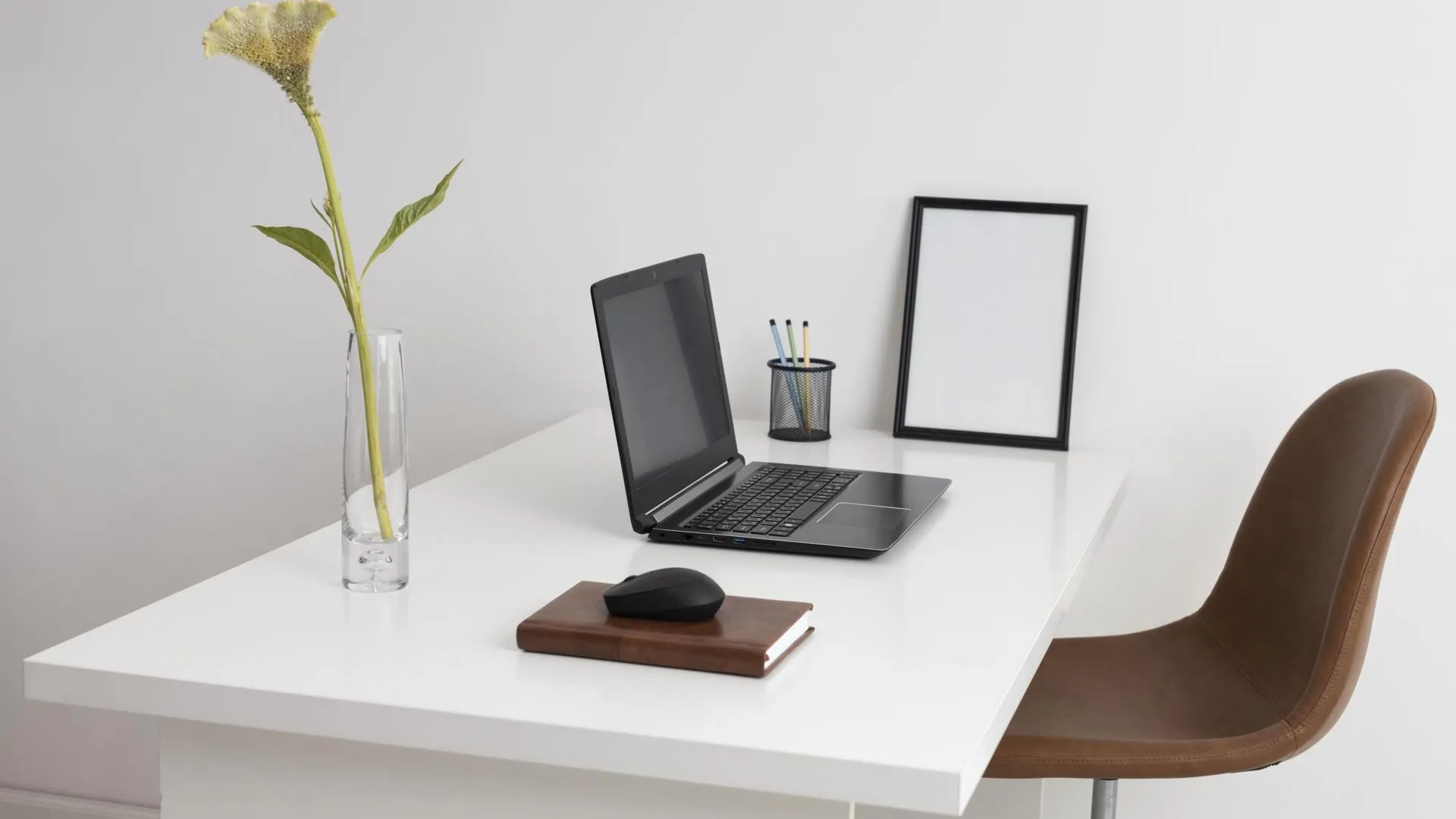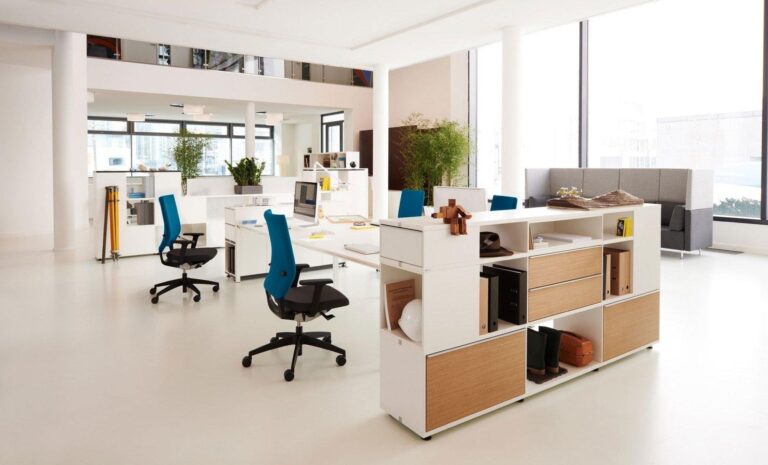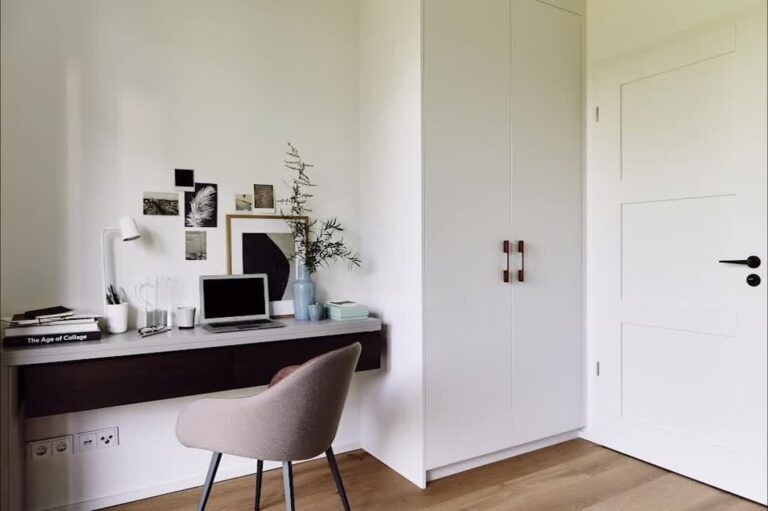Desk Optimization – How to Optimize Your Workspace
Optimizing your workspace helps you work more effectively and reduces the risk of musculoskeletal disorders, neck pain, and eye strain. But it doesn’t have to be expensive!
Start small and gradually make changes to your desk setup. Here are some ideas to get you started: 1. Clear Clutter. Keep frequently-used items within reach.
Make the Most of Your Space
An organized workspace promotes productivity and efficiency. It’s important to keep the space free of clutter to prevent mental distraction. This is true of physical objects like pens, paper, and sticky notes as well as virtual items such as browser tabs or Word files. Having everything in its place helps you find what you need quickly and reduces stress associated with looking for lost items.
Start by emptying your desk to get a clear view of what is actually there. Then, go through and sort documents by project or subject in clearly labeled folders. Similarly, office supplies and tools can be separated into different compartments in drawers or boxes. Reused items make excellent organizers, such as plastic food holders or shoe boxes that are great for storing larger office supplies and project materials.
Look for desks with built-in storage and organization accessories that can maximize the amount of space on your desktop. Also, don’t forget about the space under your desk—this often-forgotten area is a great place to store file boxes and other essentials. Plus, it’s a convenient spot to tether and tie cables to avoid them getting tangled on your computer or desk.
Lastly, consider using an office desk booking system like deskbird to collect comprehensive workplace analytics that will give you detailed insights into how your space is being used. This will allow you to anticipate layout changes and adjust furniture arrangements accordingly, boosting teamwork and productivity.
Maximize Storage
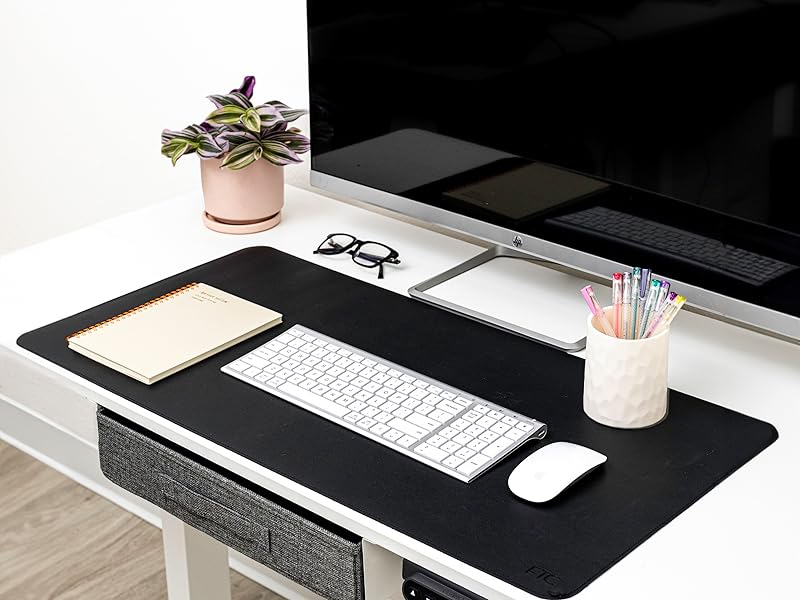
Adding storage solutions and organization tools like desk pad and file organizers will improve your workflow and reduce clutter. If your team utilizes hot desking it’s important to integrate storage options into the design so that teams can store their belongings and personal items. This will help to reduce the time it takes for people to find a space and will also promote team resilience in emergencies.
Consider the core tools that you use every day, from pens to sticky notes and an agenda. These should remain visible on the surface of your desk, and the rest can be hidden away in a drawer or a box so that they’re not distracting. It’s also helpful to label boxes and containers so that you can identify what they contain and where they should go.
Getting your workspace organized and functional will make you feel more productive and healthy. A well-organized workspace will allow you to focus on tasks and avoid common office issues, such as back pain and eye strain. If you’re interested in optimizing your workspace and improving your health, contact us here at PTF to schedule a consultation.
Get an Ergonomic Chair
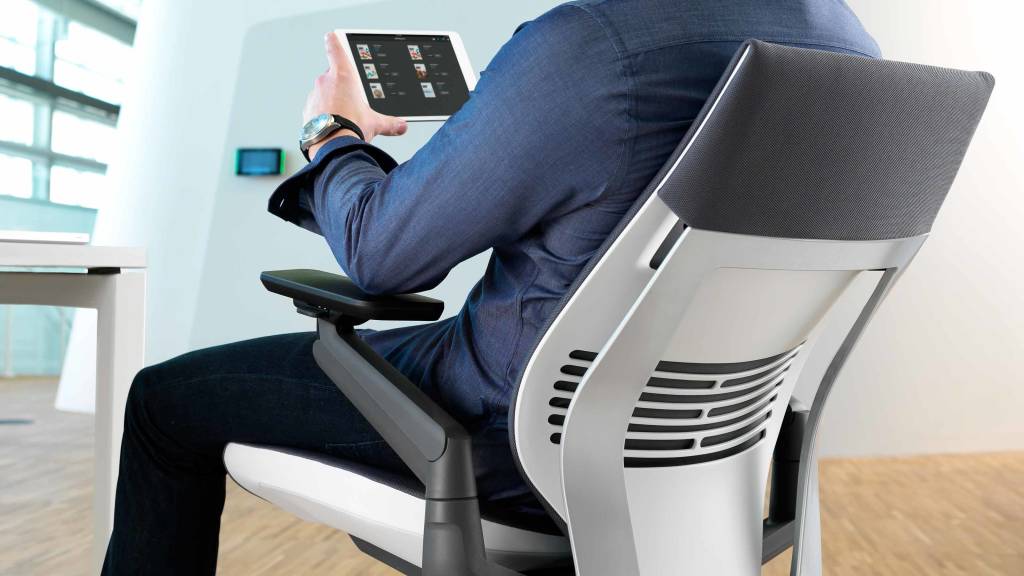
A quality ergonomic chair can make a huge difference when you work at a desk for long periods of time. It helps you maintain proper posture to keep aches and pains at bay, and boosts productivity by keeping you comfortable and focused for longer. The best ergonomic chairs feature lumbar support, backrests, seat cushions, and height adjustment to meet the needs of different people.
A swivel and mobility option also allows you to move around more easily when working on projects that require various tasks. This limits muscle fatigue, allowing you to give your best effort all day long. Adjustable arm rests help to reduce shoulder tension and pressure on spinal disks.
An ergonomic desk also offers features like a monitor stand to raise or lower the screen, as well as a keyboard tray to prevent wrist strain. These features shorten the amount of time you have to remain seated and help you take breaks throughout the day, which can prevent back and neck problems.
While regular office chairs are cheaper upfront, they don’t offer the same health and wellness benefits as a well-made ergonomic chair. Invest in one that’s designed to be durable and supportive, especially for extended use, and you’ll see your medical bills shrink over time. Eligible ergonomic tools, including supportive seating from Anthros and movement-focused products from FluidStance, are available to be paid for with your HSA or FSA dollars through TrueMed.
Add Some Personalization
While a messy desk can stifle productivity, a neat one can spark creativity and foster focus. Incorporate personalization that inspires you to work faster and better by adding things like a small plant, unique coffee mug or some colorful office decor. However, be careful not to over-crowd your workspace with too much decoration. You still want to be able to easily access all of your essential tools, including pens and highlighters.
Clean your keyboard and mouse regularly, too, to prevent build-up that leads to a sticky keyboard. Use wet wipes or a soft brush to get into the corners of your keyboard and mouse where dirt tends to collect. It only takes a few minutes and will make a big difference in how well your computer performs.
Adding a personal touch to your desk is not only good for your productivity, but it also adds a sense of ownership and attachment to the space. Personalization also makes people feel more connected to the environment and is especially important in shared offices where employees often switch between desks as they work together.
There’s a fine line between personalization and professionalism, but finding the right balance can turn your workspace into an engaging hub that fuels productivity, encourages collaboration and boosts job satisfaction. With just a few simple ideas, you can create an optimized desk that’s a reflection of your unique personality and work style.
